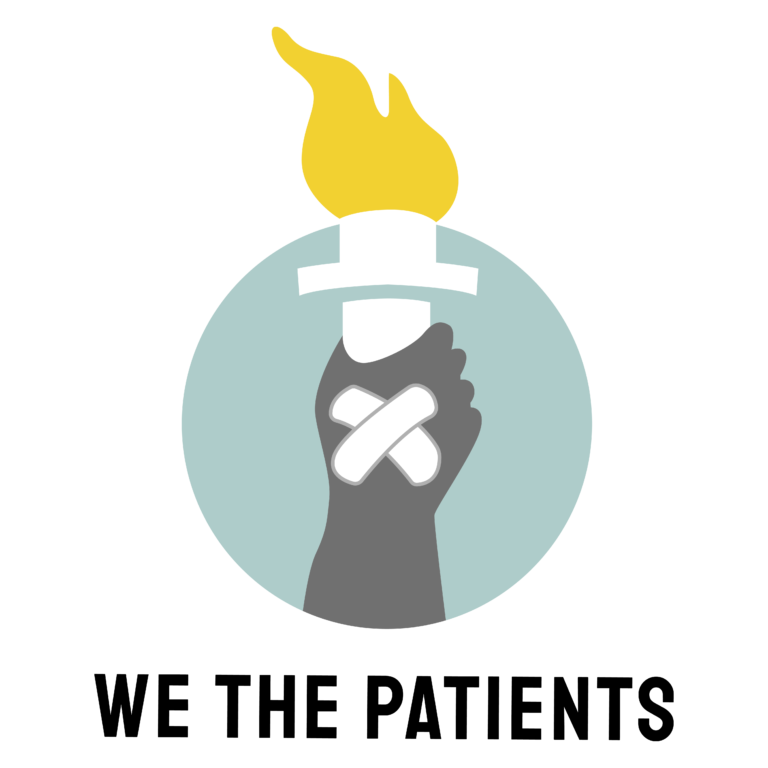When the American Rescue Plan was passed, it included a lot of policies. But there’s one big one that could impact your health: premium subsidies. The Affordable Care Act included subsidies to help people get insurance, but the ARP supercharged those subsidies. In some cases, the ARP tripled ACA subsidies! This is a big deal, so let’s take a look at it.
How do ACA subsidies work under normal circumstances?
Great question! Under the ACA, subsidies are tied to two things: how good your insurance is, and how low your income is. Heads up: we’re going to get wonky here. For this, we’re going to be looking at “silver plans,” the standard-issue ACA plan, and “FPL,” which stands for the federal poverty line. If you earned, for example, 200% of the federal poverty line, about $25,520 a year, the government would kick in about $3,746 to help pay your premiums. That’s a big boost, even when your full premium was $5410.
Anybody earning under 400% of the federal poverty line was eligible for subsidies, but that eligibility ended as soon as you crossed that threshold. That might sound like a high bar, and to some extent it was– but it was only $51,040. In a high-cost state like ours, $51,040 doesn’t go as far as it does in lower-cost states. This sometimes made paying your premiums daunting.
So what’s the change?
The big change is that everybody gets a boost to their subsidies! Everyone earning 150% of the federal poverty line or less now pays $0 in premiums, while anybody earning $19,140 a year or less has $0 premiums. That’s a big deal! If you were making $19,140 a year, you had to pay $792 in premiums—but now, ACA subsidies have increased so that you pay $0. People making above 400% of the federal poverty line qualify for subsidies now, too: nobody has to pay more than 8.5% of their annual income in subsidies.
That isn’t all! These subsidies are in place through 2022. People who received unemployment benefits or a stimulus check this year also get extra relief since federal benefits won’t be counted as income. There are also big boosts to people on the COBRA insurance program. COBRA covers people who lost their job and lost their insurance with it. Because of the pandemic, this population grew significantly. COBRA subsidies now cover 100% of the premium for 6 months, and won’t be counted as income.

The graph from the Kaiser Family Foundation shows that ACA subsidies have grown dramatically for everybody. This is a huge deal, and a huge step towards making care more affordable for everyday New Yorkers.



